Photo Glossary: Hawaii's Amazing Volcanic Rocks

Pahoehoe
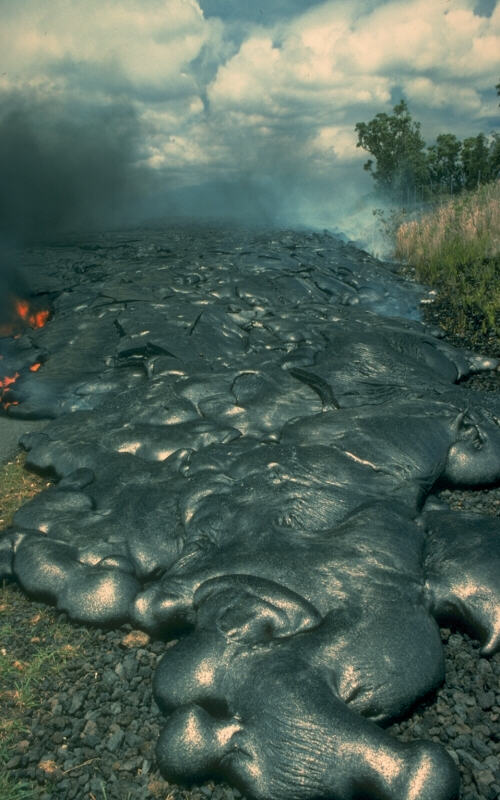
Pahoehoe is the Hawaiian word for a ropy, wrinkled-looking lava flow. The smooth surface makes a sharp contrast to blocky 'a'aflows, Hawaii's other common lava flow type. Often, a single lava flow can switch back and forth between pahoehoe and 'a'a as conditions such as slope steepness and loss of gas and heat change.
Pele's hair
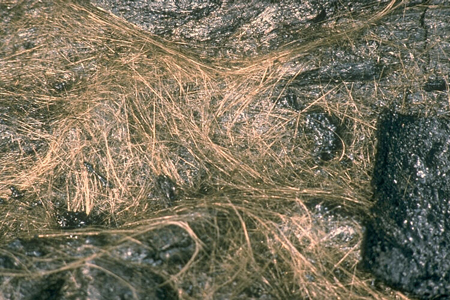
As winds stretching strands of lava cool the rock to glass, Pele's hair forms. Pele's hair can appear at the front of 'a'a flows or as pahoehoe lava plunges over a cliff, according to the U.S. Geological Survey. The long strands (up to 6 feet, or 2 meters) are also found around Kilauea volcano's Halema'uma'u crater, home of an active lava lake.
Pele's tears
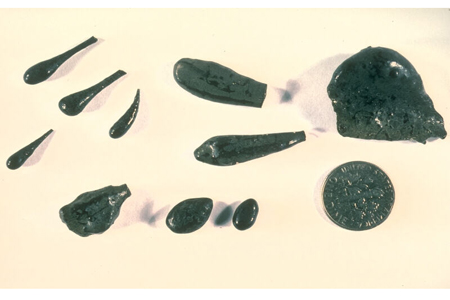
These droplet-shaped rocks are made of glass, or lava cooled so quickly it couldn't form crystals. The shiny black pebbles form in lava fountains or on the ends of Pele's hair, as winds pull out strands of molten rock from active lava flows and lakes.
Pillow lava

The distinctive pillowy appearance of lava flows cooled underwater gives pillow basalts their name. Whether at Hawaii's islands or at underwater volcanoes, the lava forms a quickly cooled crust that looks like a rounded pillow. The oldest pillow lavas on Earth are more than 3 billion years old, indicating Earth had large bodies of water in its early history.
Pumice
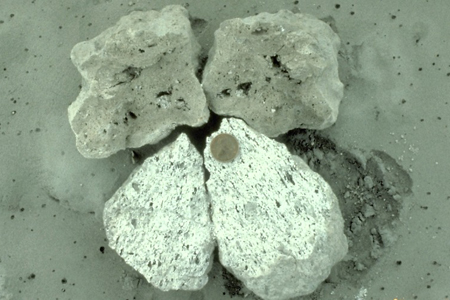
Some volcanic eruptions are like opening a bottle of soda — gas rushes out, frothing the lava into foam. Pumice is the solidified foam. The rock is so light and porous it can float for miles in the ocean, forming pumice rafts.
Rhyolite
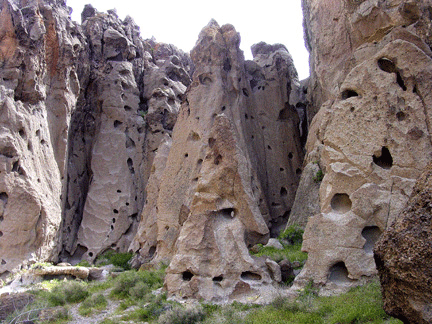
Another common lava type, but one that's rare in Hawaii. Rhyolite lava carries a lot of silica, making it viscous and sticky. It tends to create explosive eruptions because the magma has trouble getting rid of its gas. Some spectacular calderas created by rhyolite magmas in the U.S. include Yellowstone in Wyoming, Valles in New Mexico and Long Valley in California.
Get the world’s most fascinating discoveries delivered straight to your inbox.



